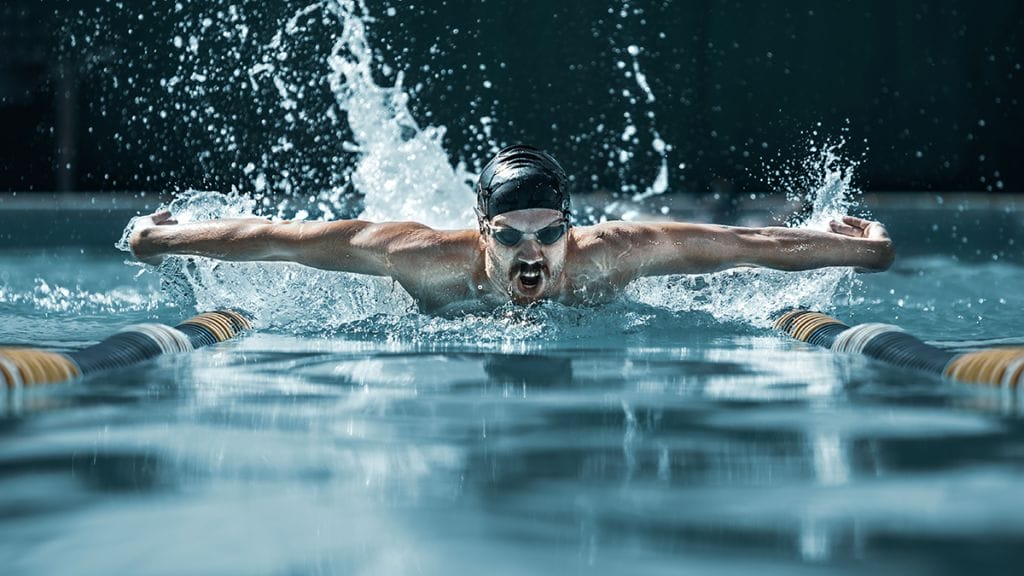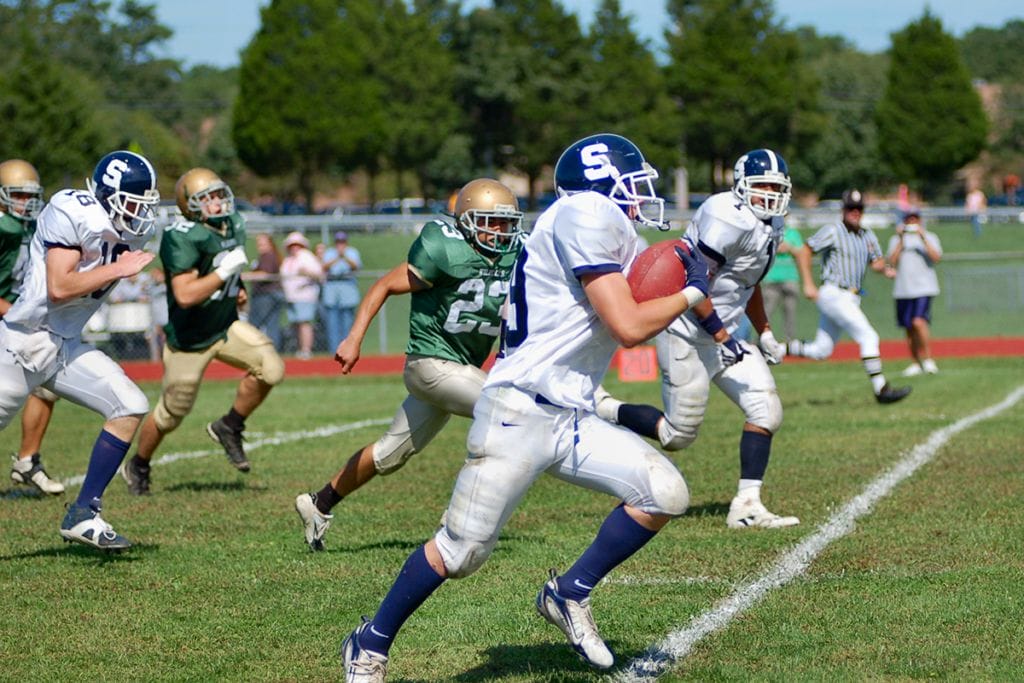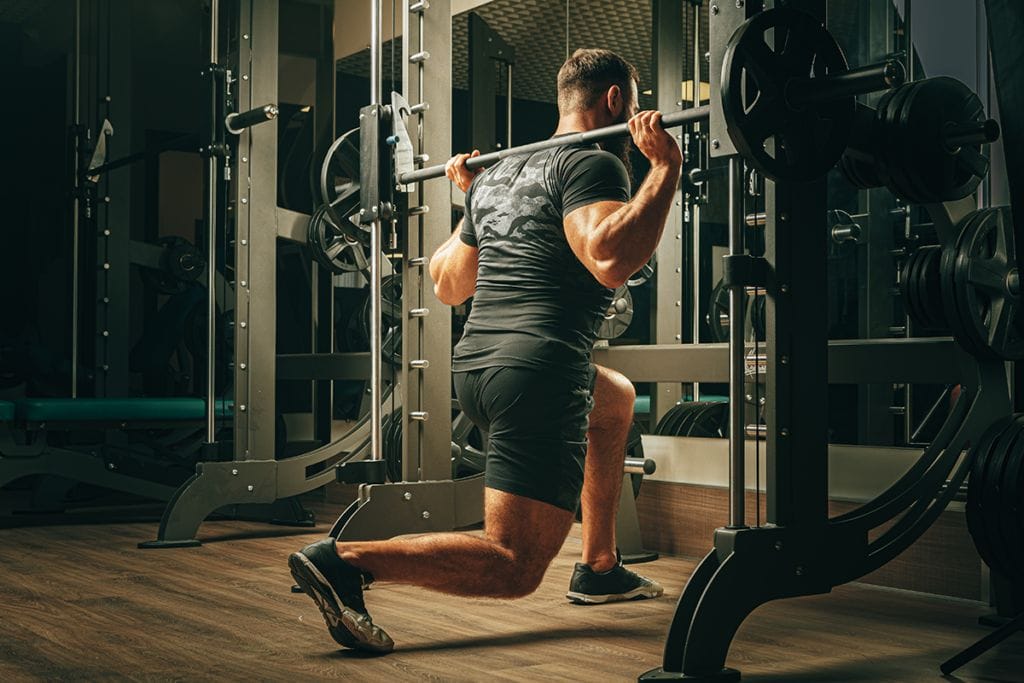Athletes need to focus on all four aspects of athletic performance in order to succeed. These are skill, strength, endurance, and recovery.
Each one is important and none can be neglected if you want to be the best athlete you can be. Let’s take a closer look at each one.
Skill
Skill is obviously important for any athlete. You need to have the ability to do the movements correctly in order to perform well.
Athletic skill is developed through a combination of practice, natural talent, and physical conditioning. The more you practice, the better you will become at your chosen sport.
Natural talent will also play a role in your success; if you are born with superior hand-eye coordination or speed, you will have a significant advantage over your competition. However, even the most naturally gifted athletes must work hard to develop their skills.
Physical conditioning is also important for athletes; building up their stamina and strength can improve their performance and reduce their risk of injury.
Ultimately, the key to becoming a successful athlete is to make the most of your natural abilities through practice and conditioning. With dedication and hard work, you can achieve anything.
Strength
Strength is also key for athletes. It allows you to generate more power and resist fatigue longer.
Athletic strength is the result of a complex interaction between muscles, tendons, bones, and the nervous system. To develop strength, athletes must first understand the basic principles of muscle contraction.
Muscles are composed of individual fibers that contract when they receive an electrical impulse from the nervous system. The more fibers that are activated, the greater the force of contraction. This is why explosive movements like jumps and sprints require more effort than slow, steady movements like jogging or lifting weights.
To increase the number of muscle fibers that can be activated at one time, athletes need to train with heavy weights and low repetitions. This type of training forces the body to recruit more muscle fibers, which leads to increases in strength.
However, it is important to note that this type of training can also lead to injuries if it is not done properly. As such, athletes need to listen to their bodies and work with a trained coach to ensure that they are using proper form and progressing safely.
By understanding how muscles produce force and how to train effectively, athletes can develop the strength they need to perform at their best.
Endurance
Endurance is necessary so you can keep going when your opponent is starting to tire out.
The ability to sustain physical activity for an extended period of time is a critical component of success in many sports, from long-distance running to football and soccer.
Athletic endurance is the result of many factors.
- It is important to have a strong heart and lungs that can pump oxygen-rich blood to the muscles.
- Muscles must be able to use that oxygen to produce energy.
- The central nervous system must be able to send signals to the muscles telling them to keep working even when they are fatigued.
All of these factors can be improved through training. For example, interval training can help to improve the efficiency of the cardiovascular system, while weightlifting can help to build muscle endurance.
There are a few different ways to develop endurance. One is to slowly increase the amount of time you spend doing an activity. For example, if you’re training for a marathon, you might start by running a few miles a day, and then gradually increase your mileage over the course of several weeks or months.
Another way to build endurance is to do high-intensity interval training, which involves alternating between periods of intense activity and active recovery. This type of training can be very effective, but it’s also important to give your body time to recover between sessions.
Recovery
Recovery enables you to bounce back quickly from strenuous activity and perform at your best again soon afterward.
The key to recovering from strenuous physical activity is replenishing the body’s energy stores and repairing damaged tissues. After a hard workout, the body’s glycogen levels are depleted and muscle proteins are broken down.
It’s important to eat soon after exercise to replenish glycogen stores and begin the repair process. A good post-workout meal should contain a mix of carbohydrates and protein. Carbs help to replenish glycogen stores, while protein provides the amino acids needed to rebuild damaged muscle tissue.
In addition, it’s important to stay hydrated and get plenty of rest. Drinking plenty of fluids helps to restore fluid balance and prevent dehydration, while adequate sleep allows the body to recover from the physical stress of exercise.
By following these simple guidelines, athletes can ensure that they’re properly recovering from their workouts and giving their bodies the time and resources it needs to thrive.





